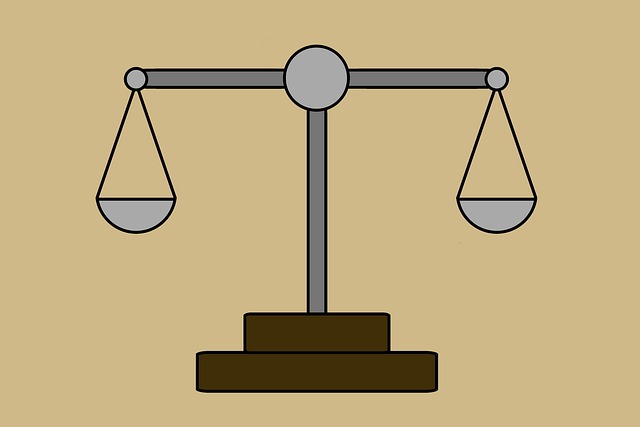The injury claim negotiation process is a strategic, multi-stage dialogue between claimants, insurers, lawyers, and defendants to agree on fair compensation for accidents or injuries. It begins with an initial meeting, followed by in-depth discussions about liability, injury extent, and evidence. Claimants must articulate their losses, including medical bills, pain & suffering, and lost wages, justifying a reasonable recovery. With complex cases like truck accidents, specialized professionals like truck accident attorneys guide claimants. The goal is to resolve disputes efficiently, with plaintiffs considering settlements based on comprehensive damage evaluation and strategic communication to protect their best interests. An experienced attorney is crucial for navigating this process successfully.
Injury claim negotiations are a critical phase in the process of seeking compensation for damages suffered due to another party’s negligence. This article provides an insightful guide through the intricate journey, from understanding the key players and stages involved to deciphering the factors that dictate the optimal time to settle.
We explore the delicate balance between early settlement offers, assessing long-term needs, and legal considerations, empowering you to make informed decisions in the dynamic landscape of injury claim negotiations.
- Understanding the Injury Claim Negotiation Process
- – Definition and key players involved
- – Stages of the negotiation process
Understanding the Injury Claim Negotiation Process

The injury claim negotiation process is a crucial step for individuals seeking accident compensation or injury compensation. It’s a structured dialogue between the claimant and the insurer, aiming to reach an agreement on the fair value of damages. This process involves several stages where both parties present their evidence, argue their cases, and work towards resolving disputes. Understanding this dynamic is key to navigating the negotiation landscape effectively.
During negotiations, claimants must be prepared to articulate their injuries, losses, and the impact they’ve had on their lives. This includes medical bills, pain and suffering, lost wages, and other related expenses. The goal is to present a comprehensive case that justifies a reasonable client recovery. By understanding the process and gathering solid evidence, individuals can better determine when to settle, ensuring a favorable outcome in their pursuit of injury compensation.
– Definition and key players involved

The injury claim negotiation process involves a delicate dance between individuals who have been harmed by another party’s actions or negligence. At its core, it’s a discussion aimed at reaching a mutually agreeable settlement to compensate for injuries and losses suffered. Key players include the injured party (plaintiff), their lawyer (often specialized in personal injury law), the defendant (the party being sued), and their legal representation, typically an insurance company attorney. In cases involving truck accidents or complex employment contracts, experienced professionals like a truck accident attorney can guide clients through these intricate negotiations.
The goal is to resolve insurance disputes efficiently without going to trial. A plaintiff might choose to settle if the defendant offers a reasonable compensation that meets their needs and exceeds what they could realistically obtain at trial. Effective negotiation requires understanding legal rights, evaluating damages, and strategically communicating one’s case. Both parties must be prepared to compromise while protecting their best interests—a skill honed by attorneys specializing in these complex matters.
– Stages of the negotiation process

The injury claim negotiation process is a structured journey with distinct stages that can vary slightly depending on the complexity and nature of the case. It begins with an initial meeting where both parties exchange basic information, expectations, and preliminary assessments of damages. This opening phase sets the tone for subsequent discussions, often determining whether a settlement offer will be made early or if it’s a drawn-out process.
As negotiations progress, each stage builds upon the previous one. The focus shifts to detailed discussions about liability, the extent of injuries (in cases like truck accident injuries or wrongful death), and the validity of evidence. This middle ground is where strategic arguments are presented, counteroffers are made, and potential solutions are explored. It’s crucial for individuals navigating these talks to have an experienced accident attorney by their side who can advocate for their rights and ensure they receive fair compensation.
Knowing when to settle during an injury claim negotiation is a crucial decision. By understanding the stages of the process and involving experienced legal professionals, individuals can navigate these complex discussions effectively. Settling early may provide financial relief, while continuing negotiations could lead to a more substantial compensation package. Balancing these factors is essential for reaching a fair outcome in an injury claim negotiation.






